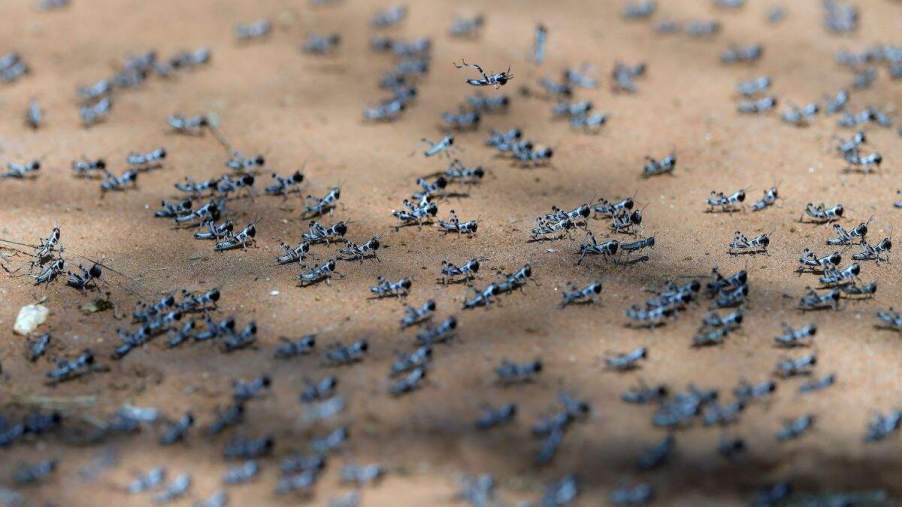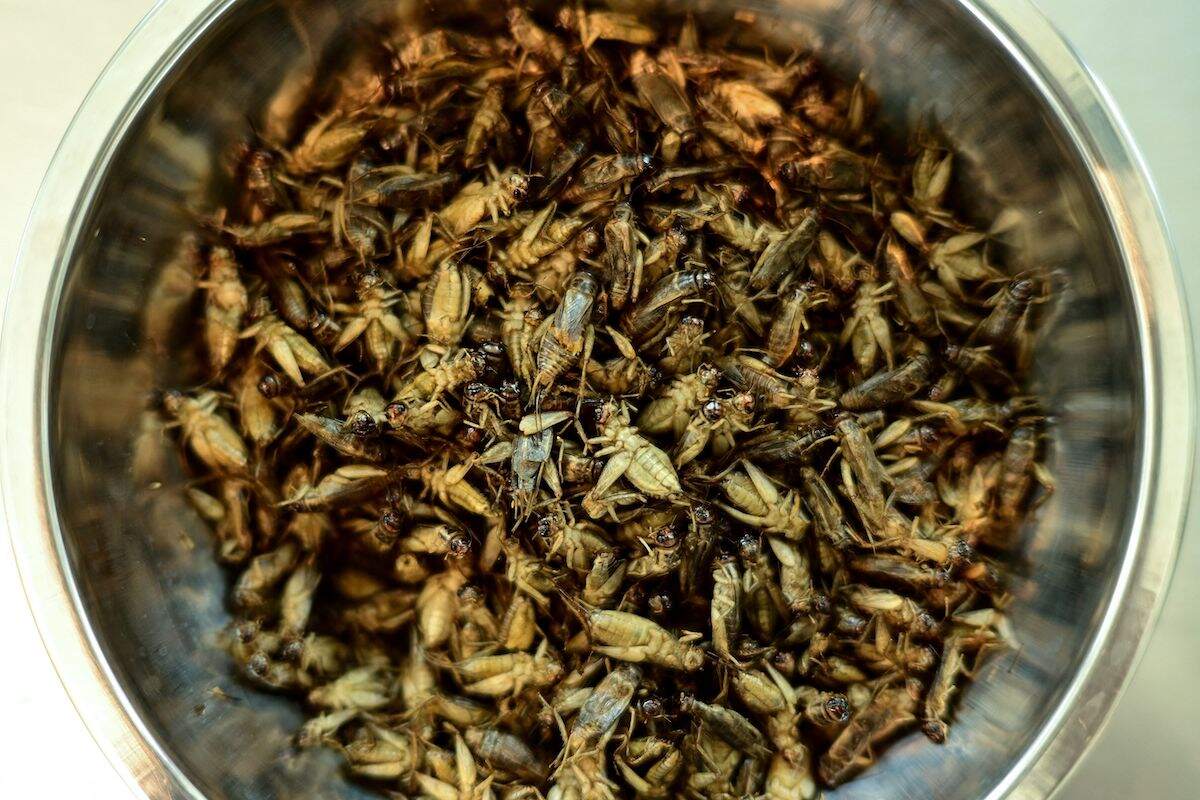
How Mormon Crickets Brought Slick Roads and Snow Plows in the Summer
Imagine driving down the highway on a sunny summer day when, suddenly, the sky goes dark and the road turns slippery. What first appears to be a rainstorm is a nightmarish swarm of insects, pelting cars and plastering the pavement in carcasses. No, it’s not a Hitchcock movie but real life. This summer, Mormon crickets have invaded Western states in such large numbers that officials have had to call in snow plows to shovel the pests off roadways.
Millions of Mormon crickets have swarmed several states
Invasions of these messy migratory insects typically affect drivers west of the Missouri River. So far, the most dramatic Mormon cricket infestations have occurred in Idaho and Nevada. However, Colorado, Oregon, Washington, and Utah can expect to see similarly slippery situations unfold throughout the summer of 2023.
In Oregon, rancher Skye Krebs told CBS News that this year’s Mormon cricket outbreak is “truly biblical” in proportion. And April Aamodt, nicknamed the “Cricket Queen” in her hometown of Arlington, Oregon, described mowing down the creatures in her yard:
“I got the lawnmower out, and I started mowing them and killing them. I took a straight hoe, and I’d stab them.”
The “Gem State” of Idaho is also experiencing more Mormon crickets than usual. “They go through cycles. They might go for two, three, five years where people hardly notice them at all,” entomologist Paul Castrovillo told the Idaho Statesman. “People notice them when they start to cross highways in big numbers or crawl all over buildings.”
Out-of-season snow plows are scraping the insects off roadways

During the warmer months, snow plow drivers look for alternate employment. But this summer, operators in several Western states have brought their big blades out of storage to clear stunned and smashed bugs from public roadways. Their crushed carcasses create slick surfaces, leading to hazardous driving conditions.
On June 23, Elko, Nevada resident Colette Reynolds told the local CBS affiliate KUTV that Mormon crickets migrate through her hometown yearly. However, this summer’s invasion has “really, really freaked” her out.
“It causes depression and anxiety. When you’re inside the house, it sounds like it’s raining because they just randomly let go of wherever they’re hanging on and drop. It makes it difficult to eat. I haven’t slept. It’s just a really intrusive feeling.”
Calling this year’s Mormon cricket hatch “exceptional,” retired Colorado State University entomology professor Whitney Cranshaw told the Colorado Sun that due to a colder and wetter winter than usual, eggs the insects laid last summer and fall remained dormant before hatching at once. The mass hatching has led to the largest Mormon cricket invasion the state has seen in decades.
Although so-called Mormon crickets are known to damage up to 400 kinds of food crops, they aren’t quite as calamitous to agriculture as locusts, which will “take everything to the ground,” Cranshaw explained.
Mormon crickets are not really crickets

Neither Mormon nor cricket, the thumb-sized insects inundating American roads are shield-back katydids. They got their nickname in 1848 when a flock of wild California gulls arrived in the Mormon-centric Salt Lake City, Utah, and spared the local crops from destruction. Rodents, crows, and hawks also like to snack on these bugs.
Known to entomologists as Anabrus simplex, the shield-back katydid isn’t a cricket at all. In fact, the critter wreaking squishy havoc on public roads looks much like a chubby garden grasshopper.
Native to North American sagebrush grasslands, the shield-back katydid lacks flight-worthy wings. However, the insect can hop and crawl as far as one mile in a single day, destroying entire crops of sugar beets, alfalfa, and cereal grains along the way, the USDA says.
In addition to devouring crops, Mormon crickets also eat one another. According to the Proceedings of the National Academy of Sciences (PNAS), this cannibalistic behavior generally occurs when the flightless insects are short on protein and salt.


